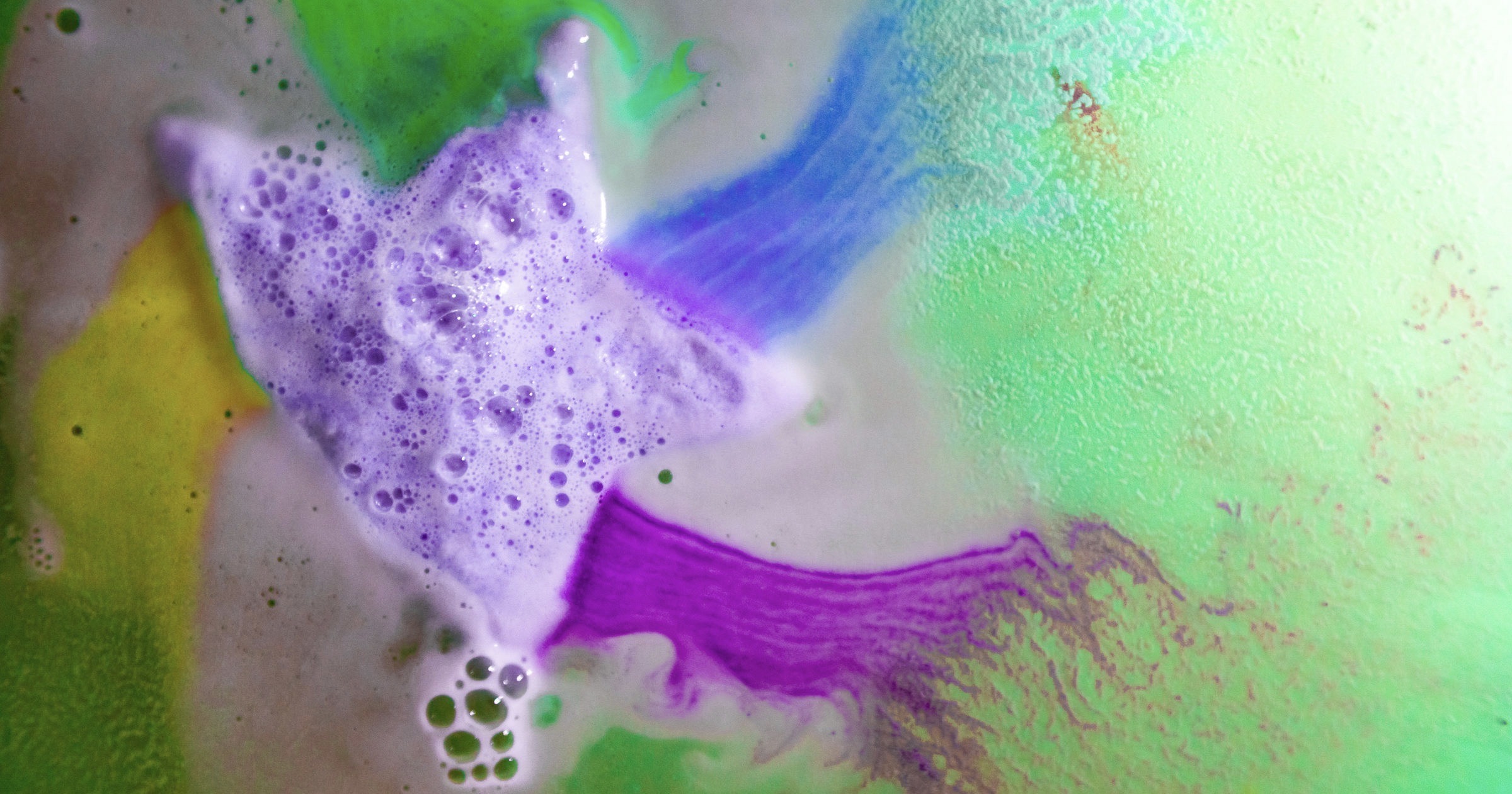 Evolution
Evolution
 Intelligent Design
Intelligent Design
Another Claim by Origin-of-Life Researchers Dissolves on Inspection

In previous articles, I have critiqued claims by origin-of-life researchers that their experiments support the RNA World hypothesis for life’s emergence (here, here, here). In every case, the investigators greatly overstated the relevance of their studies in modeling what could have occurred on the early earth. Last week, Ludwig-Maximilians-Universität (LMU) München posted a press release asserting the following:
According to a new concept by LMU chemists led by Thomas Carell, it was a novel molecular species composed out of RNA and peptides that set in motion the evolution of life into more complex forms.
As with previous studies, this claim upon close inspection appears entirely inaccurate.
The Experiment
Carell’s team presupposed that a multitude of RNAs formed on the early earth that set the stage for life’s origin. Their recent study attempted to demonstrate a step in the pathway of prebiotic RNAs assembling the protein translational machinery seen in modern cells. The experiment involved the following steps:
- The team manufactured “donor” RNAs with a nonstandard nucleotide that attached to an amino acid. They also manufactured complementary “acceptor” RNAs with attached amino acids. In complementary RNAs, the sequence of one strand (e.g., AACU) complements the sequence of the other (e.g., UUGA), so the RNAs can easily hybridize (stick together). Technically, a complementary strand is in reverse order, so the actual complement of AACU is AGUU.
- They mixed the RNAs together, heated the mixture to 90°C, and slowly cooled it to hybridize the donor and acceptor RNAs.
- They added special compounds known as activators to facilitate the amino acids on the hybridized RNAs binding together.
- They again heated the mixture to 60-90°C at different time intervals to cleave the linked amino acids from the donor strand.
- They repeated the cycle to add additional amino acids from donor RNAs to the growing peptide chains on the acceptor RNAs.
The press release described the research in the following terms:
The Carell group has now discovered that these non-canonical nucleosides are the key ingredient, as it were, that allows the RNA world to link up with the world of proteins. Some of these molecular fossils can, when located in RNA, “adorn” themselves with individual amino acids or even small chains of them (peptides), according to Carell. This results in small chimeric RNA-peptide structures when amino acids or peptides happen to be present in a solution simultaneously alongside the RNA. In such structures, the amino acids and peptides linked to the RNA then even react with each other to form ever larger and more complex peptides. “In this way, we created RNA-peptide particles in the lab that could encode genetic information and even formed lengthening peptides,” says Carell.
A More Sober Assessment
Contrary to this description, the experiment offers meager support for the RNA World hypothesis. That is for several reasons:
- Significant concentrations of RNAs with linked amino acids could not realistically have occurred on the early earth (here, here).
- The addition of amino acids onto a growing amino acid chain (aka peptide) requires activating molecules. Such molecules have never been generated in prebiotic experiments, nor could they have likely emerged in any realistic prebiotic environment in significant concentrations.
- The experimental protocol requires pure concentrated chemicals and highly orchestrated changes in temperature and chemical conditions that in no way resemble possible conditions on the early earth.
- Most problematic, the experiment required billions of RNAs and their complementary strands to reside in a volume smaller than a drop of water. At lower concentrations, the rate of RNA degradation outpaces the rate of amino acids joining, so the system quickly crashes. Everything then degrades into simpler molecules. Such large numbers of complementary strands residing in the same microenvironment is unfathomable.
Even if such a system could have emerged, it would have no relevance to the origin of protein translation. The sequence of nucleotides in the RNAs are unconnected to the sequence of amino acids in the attached peptide chain. And the probability of a random peptide chain appearing that functioned as an enzyme comparable to a polymerase, a topoisomerase, or a component of a ribosome is infinitesimal.
This experiment, like all previous ones, reinforces the view that life was the product of intelligent design.
